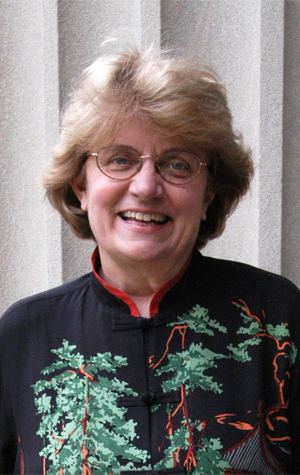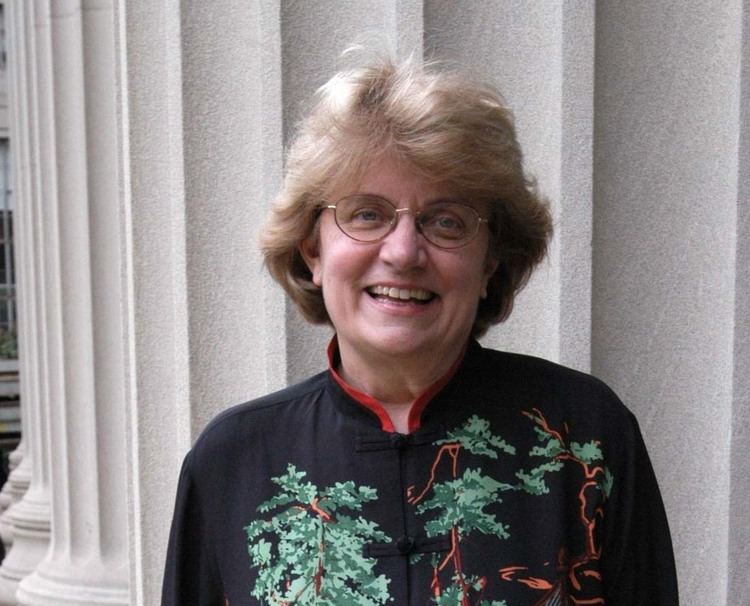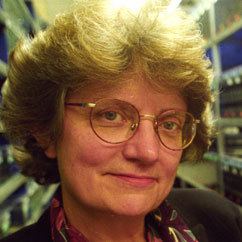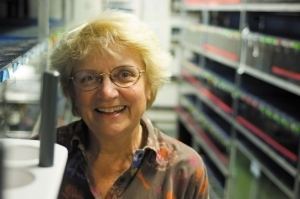Citizenship United States Role Professor Institutions MIT | Influences James Watson Influenced by James Watson Name Nancy Hopkins | |
 | ||
Alma mater Radcliffe CollegeHarvard Similar People James Watson, Francis Crick, Maurice Wilkins | ||
Wiser public lecture professor nancy hopkins
Nancy Hopkins, an American molecular biologist, is the Amgen, Inc. Professor of Biology at the Massachusetts Institute of Technology. She is a member of the National Academy of Sciences, the Institute of Medicine of the National Academy, and the American Academy of Arts and Sciences. She is known for her research identifying genes required for zebrafish development, and for her earlier research on gene expression in the bacterial virus, lambda, and on mouse RNA tumor viruses. She is also known for her work promoting equality of opportunity for women scientists in academia.
Contents
- Wiser public lecture professor nancy hopkins
- A conversation with nancy hopkins 5 18 2011
- Retroviral insertional mutagenesis in zebrafish
- Hopkins and A Study on the Status of Women Faculty in Science at MIT
- Incident associated with then Harvard President Larry Summers
- Honors
- References

Hopkins received her BA from Radcliffe College in 1964, and earned her PhD from the Department of Molecular Biology and Biochemistry at Harvard University in 1971, where she worked with Professor Mark Ptashne. With Ptashne she identified the operator sites on DNA to which the lambda repressor binds to control early gene expression and hence the viral life cycle. As a postdoctoral fellow of Nobel Laureate James D. Watson and Robert Pollack at the Cold Spring Harbor Lab she worked on DNA tumor viruses and cell biology, discovering that cells whose nucleus had been removed were able to re-establish normal morphology.

She joined the MIT faculty in the Center for Cancer Research in 1973 as an assistant professor and switched to work on RNA tumor viruses. She identified viral genes that determine host range and the type and severity of cancers mouse retroviruses cause, including importantly the capsid protein p30 and transcriptional elements that came to be known as enhancers. After a sabbatical in the lab of Nobel laureate Christiane Nusslein-Volhard in 1989, Hopkins switched fields to develop molecular technologies for working with zebrafish. With her postdoctoral fellow Shuo Lin, graduate students Adam Amsterdam and Nick Gaiano, and others in her lab she developed an efficient method for large-scale insertional mutagenesis in the fish. Using this technique her lab carried out a large genetic screen that identified and cloned 25% of the genes that are essential for a fertilized egg to develop into a free-swimming zebrafish larva. Among the genes identified was an unexpected class of genes which when mutated predispose fish to get cancer, and a set of genes that cause fish to develop cystic kidney and which overlap with genes that cause cystic kidney disease in humans.

A conversation with nancy hopkins 5 18 2011
Retroviral insertional mutagenesis in zebrafish

In an effort to help maximize the utility of the zebrafish as a model organism, Hopkins and colleagues set out to develop a large-scale insertional mutagenesis method. Although large-scale chemical mutagenesis screens were getting underway in several zebrafish labs at the time (those of Mark Fishman in Boston, and Christiane Nusslein-Volhard in Tübingen, Germany), there were concerns in the community at the time that identifying the molecular lesions using positional cloning methods would be inefficient. Hopkins believed that insertional mutagenesis, which had been very successfully employed in invertebrate model organisms (D. melanogaster and C. elegans), would provide a valuable alternative or adjunct to the chemical screens.
Hopkins and "A Study on the Status of Women Faculty in Science at MIT"
During the mid-90s, Hopkins felt she and other women were systematically discriminated against at MIT. Due to her complaints to the administration, a committee was formed (with Hopkins as the initial chair) to investigate the issue of inequalities experienced by women faculty as a result of unconscious gender bias. The committee existed in two forms over the course of a four-year period and included both men and women faculty members, including men who were current or previous chairs of the departments of mathematics, chemistry, and physics.
The results were bold but contentious: A summary of the committee’s findings, published in 1999 and endorsed by then-MIT president Charles Vest and then-Dean of Science (now Chancellor of Berkeley) Robert Birgeneau, is credited with launching a national re-examination of equity for women scientists. While some have questioned the rigor of the analysis performed by the MIT committee, MIT's efforts are considered by many to be a laudable example of self-monitoring by a world-renowned institution of higher education.
It also led 9 research universities, including MIT, to form an ongoing collaboration to study and address issues of gender equity. The group, which came to be known as “The MIT-9”, includes Harvard, Stanford, Caltech, Princeton, U. Penn, U Michigan, Yale, and Berkeley. Hopkins involved many experts, who were researching the status of women and minorities among faculty, in these collaborations. At the MIT-9 meetings, the Nelson Diversity Surveys were used to compare the representation of women among faculty at these individual universities versus the national data.
Incident associated with then Harvard President Larry Summers
In January 2005, at an NBER meeting in Cambridge, MA on the topic of how to address the under-representation of women and minorities in science and engineering fields, Hopkins caused controversy by walking out in protest during a talk by then President of Harvard Lawrence Summers when he proposed that one formally possible reason for the very small number of high-achieving women in science and engineering fields might be “intrinsic aptitude” (specifically that the bell-curve of aptitude is flatter for men than women). Her action became public when she replied to an e-mail from Boston Globe reporter Marcella Bombardieri inquiring about Summers’ speech. Bombardieri’s report of Summers’ speech set off a national discussion of gender discrimination, academic freedom, and human biodiversity, and contributed to Summers’ resignation as the President of Harvard.
